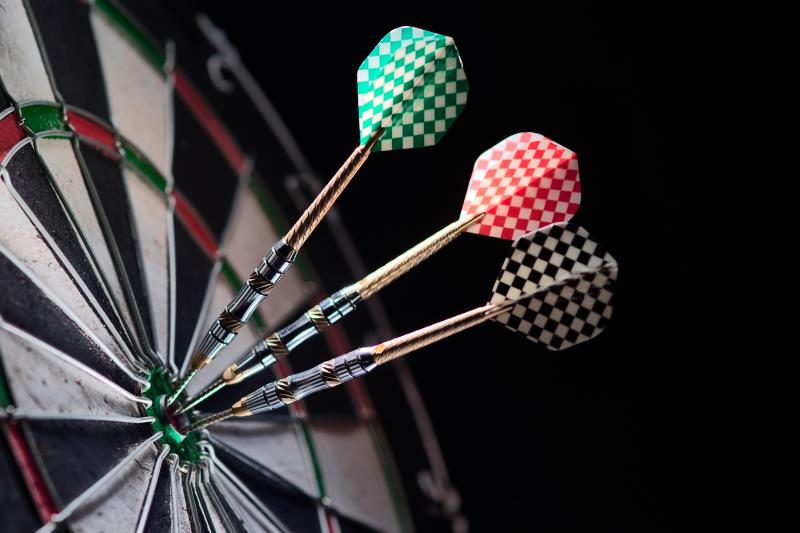Triple-drug combo trumps dual therapies for reducing COPD exacerbations





A fixed-dose triple therapy of ICS, LAMA, and LABA* is superior to dual therapies of either LAMA-LABA or ICS-LABA for controlling exacerbations in patients with moderate-to-very-severe COPD**, according to the large ETHOS*** trial.
The phase III, double-blind, multinational trial compares triple therapy# at two ICS doses (320 μg or 160 μg of budesonide plus a LAMA and LABA) vs dual therapies of LAMA-LABA (18 μg of glycopyrrolate plus 9.6 μg of formoterol) or ICS-LABA (320 μg of budesonide plus 9.6 μg of formoterol) in 8,509 symptomatic patients with COPD. [N Engl J Med 2020;383:35-48]
Treatment with the triple therapy led to significantly fewer COPD exacerbations of moderate or severe intensity (annual rates, 1.08 and 1.07 for triple therapy with 320-μg or 160-μg budesonide, respectively) than dual therapies of LAMA-LABA or ICS-LABA (1.42 and 1.24, respectively).
“Treatment recommendations for COPD involve a stepwise approach, in which treatments are added as necessary to control symptoms and reduce or eliminate exacerbations, with an additional goal of reducing mortality from the disease,” explained the investigators.
“[Triple therapy] is recommended for patients who continue to have symptoms or exacerbations while receiving dual therapy with LAMA–LABA or ICS–LABA,” they added.
However, there are concerns about ICS-related adverse events such as pneumonia and fracture risk, particularly with long-term use. As such, the ETHOS study was conducted over 1 year to assess the efficacy and safety of the regimen.
The primary endpoint of exacerbation rate with 320-μg–budesonide triple therapy was 24 percent lower compared with LAMA-LABA (rate ratio [RR], 0.76; p<0.001) and 13 percent lower vs ICS-LABA (RR, 0.87; p=0.003).
Similarly for the 160-μg–budesonide triple therapy, exacerbation rate was significantly lower by 25 percent compared with LAMA-LABA (RR, 0.75; p<0.001) and by 14 percent compared with ICS-LABA (RR, 0.86; p=0.002).
“In the current trial, triple therapy with a 160-μg dose of budesonide [half the dose of steroid] showed significant benefits over ICS–LABA therapy … with respect to exacerbations and symptoms, a finding that calls into question the role for ICS–LABA therapy in patients with moderate-to-very-severe COPD who are symptomatic and have a history of exacerbations,” the investigators pointed out.
In addition, the risk of all-cause mortality was lower with triple therapy, in particular the one with 320 μg budesonide, compared with dual therapies of LAMA-LABA (hazard ratio [HR], 0.54, 95 percent confidence interval [CI], 0.34–0.87) or ICS-LABA (HR, 0.78, 95 percent CI, 0.47–1.30).
“This is the second trial [after IMPACT##] to show a benefit of triple therapy over dual therapy with LAMA–LABA with respect to mortality among patients with COPD,” noted the investigators.
In terms of safety profile, adverse events of any grade occurred at comparable rates overall among the four treatment groups (range, 61.7–64.5 percent).
The incidence of pneumonia was greater in the treatment groups containing ICS than the LAMA–LABA combination (3.5 percent, 4.2 percent, and 4.5 percent for 160-μg–, 320-μg–budesonide triple therapy, and ICS-LABA, respectively, vs 2.3 percent for LAMA-LABA). This, according to the researchers, was consistent with other 52-week trials involving COPD patients.